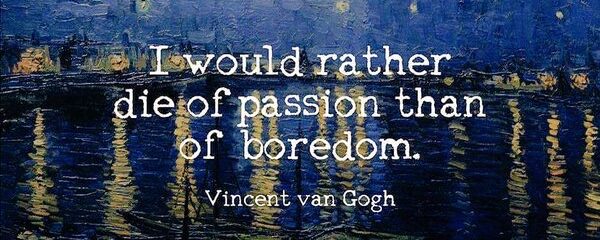As hard as life may seem, life is but a dream. It’s the steps we take in life that make it real. There are no mistakes. Only learning all the breaks. A fondation weall make asstrong as steel. Taking awrong turn, is the perfect time to learn. Eventually you’ll know where all paths go. So put the map aside, your heart the only guide. The compass is inside for those who know. Robert Anthony.
Thailand, officially the Kingdom of Thailand and formerly known as Siam, is a country in Southeast Asia. Located at the centre of the Indochinese Peninsula, it is composed of 76 provinces, and covers an area of 513,120 square kilometres (198,120 sq mi), and a population of over 66 million people. The capital and largest city is Bangkok, a special administrative area. Nominally, Thailand is a constitutional monarchy and parliamentary democracy; however, in recent history, its government has experienced multiple coups and periods of military dictatorships. Tai peoples migrated from southwestern China to mainland Southeast Asia from the 11th century; the oldest known mention of their presence in the region by the exonym Siamese dates to the 12th century. Throughout the era of Western imperialism in Asia, Siam remained the only nation in the region to avoid being colonized by foreign powers, although the Siamese government was often forced to cede both territory and trade concessions in unequal treaties. The Siamese system of government was centralized and transformed into modern unitary absolute monarchy in the reign of Chulalongkorn (r. 1868–1910). Siam joined World War I siding with the allies, a political decision to amend the unequal treaties. Following a bloodless revolution in 1932, Siam became a constitutional monarchy and changed its official name to “Thailand”. Thailand was a satellite of Japan in World War II. In the late 1950s, a military coup under Field Marshal Sarit Thanarat revived the monarchy’s historically influential role in politics. Thailand became a major ally of the United States, and played a key anti-communist role in the region as a member of the Southeast Asia Treaty Organization (SEATO). Apart from a brief period of parliamentary democracy in the mid-1970s, Thailand has periodically alternated between democracy and military rule. Since the 2000s, Thailand has been caught in a bitter political conflict between supporters and opponents of Thaksin Shinawatra, which culminated in two coups, most recently in 2014 and the establishment of its current and 20th constitution and faces the ongoing 2020 Thai protests.
Bangkok
Bangkok is the capital and most populous city of Thailand. Bangkok traces its roots to a small trading post during the Ayutthaya Kingdom in the 15th century, which eventually grew and became the site of two capital cities: Thonburi in 1768 and Rattanakosin in 1782. Asian investment boom in the 1980s and 1990s led many multinational corporations to locate their regional headquarters in Bangkok. The city is now a regional force in finance and business. It is an international hub for transport and health care, and has emerged as a centre for the arts, fashion, and entertainment. The city is known for its street life and cultural landmarks, as well as its red-light districts. The Grand Palace and Buddhist temples including Wat Arun and Wat Pho stand in contrast with other tourist attractions such as the nightlife scenes of Khaosan Road and Patpong.
Kwai
The river Kwai Bridge was built in 1942 over the Mae Klong river at a place called Tha Ma Kham, five km from the Thai town of Kanchanaburi. The notorious Burma-Siam railway, built by Commonwealth, Dutch and American prisioners of war, was a Japanese project driven by the need for improved communications to supportthe large Japanese army in Burma. During its construction, approximately 13,000 prisions of war died and were buried along the railway
Phi Phi island
The Phi Phi Islands are an island group in Thailand between the large island of Phuket and the Straits of Malacca coast of Thailand. Ko Phi Phi Don is the largest and most populated island of the group, although the beaches of the second largest island, Ko Phi Phi Le are visited by many people as well. The islands are reachable by speedboats or long-tail boats most often from Krabi town or from piers in Phuket Province. Phi Phi Don was initially populated by Muslim fishermen during the late-1940s, and later became a coconut plantation. The resident Thai population of Phi Phi Don remains more than 80 percent Muslim. The current population however—if counting transient workers—is more Buddhist than Muslim. The resident population is between 2,000 and 3,000 people (2013). Ko Phi Phi was devastated by the Indian Ocean tsunami of December 2004, when nearly all of the island’s infrastructure was destroyed.
































































